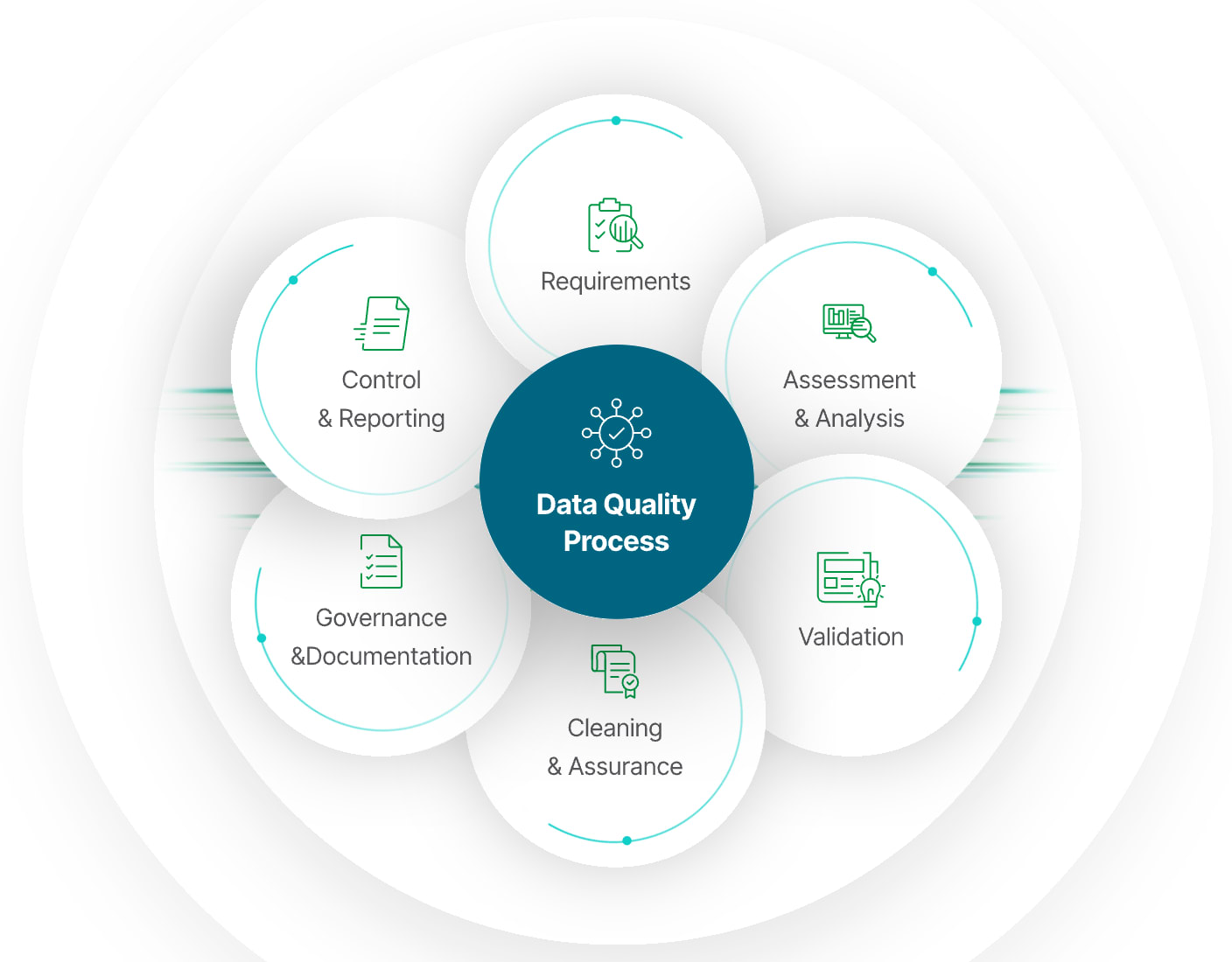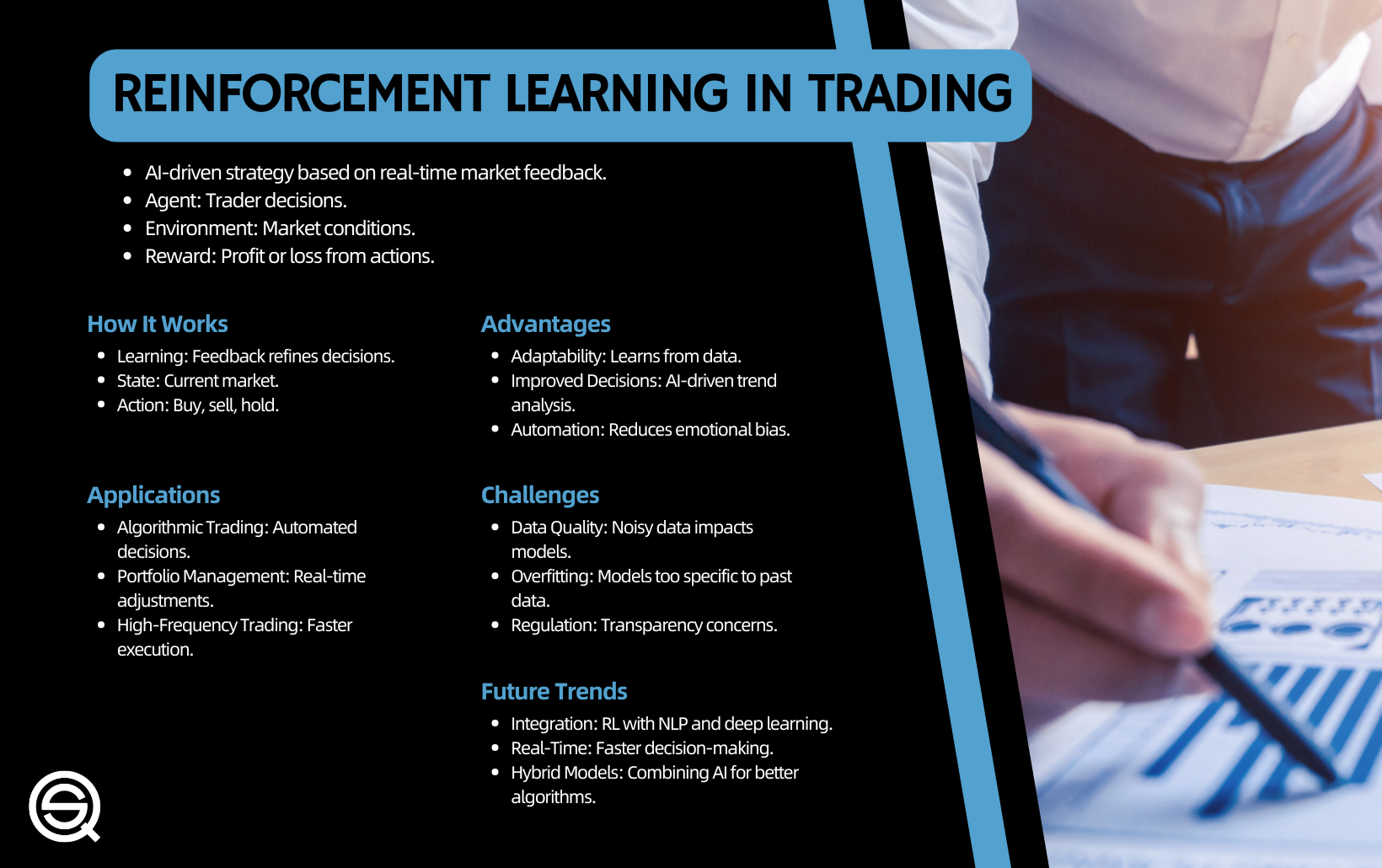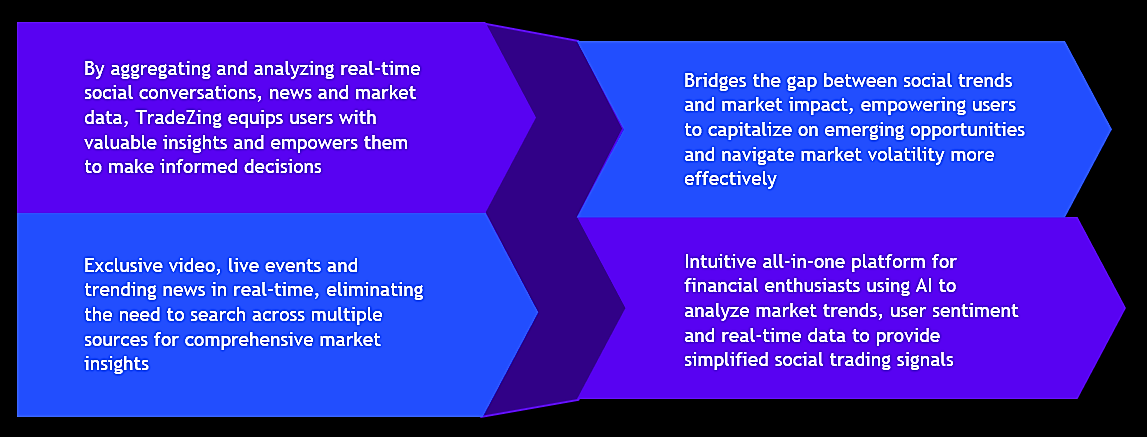Did you know that the stock market can move so fast that it sometimes feels like it’s on roller skates? In the world of high-frequency trading (HFT), real-time data is not just a luxury; it’s a necessity. This article dives into the essence of real-time data, exploring its significance and the types crucial for successful HFT strategies. We’ll examine the impact of latency, the role of algorithms, and how market data feeds shape trading performance. Learn how traders can ensure data accuracy, optimize their infrastructure, and leverage technologies, including machine learning and data visualization, to enhance decision-making. Lastly, we’ll touch on the challenges of managing real-time data and the regulatory landscape that traders must navigate. Join us at DayTradingBusiness for an in-depth look into mastering real-time data for HFT success!
What is real-time data in high-frequency trading (HFT)?
Real-time data in high-frequency trading (HFT) refers to the immediate streaming of market information, such as price quotes, trade volumes, and order book changes. This data is crucial for HFT strategies, allowing traders to make split-second decisions based on the latest market conditions. High-speed access to this data helps HFT firms execute trades faster than competitors, capitalizing on small price fluctuations. Without real-time data, HFT would struggle to maintain the speed and efficiency that define its trading practices.
Why is real-time data crucial for successful HFT strategies?
Real-time data is crucial for successful high-frequency trading (HFT) strategies because it enables traders to make split-second decisions based on the latest market conditions. Timely information helps identify price movements, execute orders quickly, and capitalize on fleeting opportunities. Delays in data can lead to missed trades and increased risk, as the market can change rapidly. Moreover, real-time data allows for precise algorithm adjustments and risk management, ensuring that strategies remain effective in volatile environments.
How does latency affect real-time data in HFT?
Latency directly impacts the effectiveness of real-time data in high-frequency trading (HFT) by delaying the speed at which traders can react to market changes. Lower latency allows for quicker access to market data, enabling faster decision-making and execution of trades. If latency is high, traders may miss crucial market movements, leading to suboptimal trades and lost profits. In HFT, even microseconds matter, as delays can result in significant competitive disadvantages. Thus, minimizing latency is essential for successful HFT operations.
What types of real-time data are essential for HFT?
Essential real-time data for high-frequency trading (HFT) includes market prices, order book data, trade volumes, and market depth. Additionally, latency-sensitive information like news feeds, economic indicators, and social media sentiment can impact trading decisions. Access to real-time analytics and historical price data for trend analysis is also crucial.
How do market data feeds impact HFT performance?
Market data feeds are crucial for high-frequency trading (HFT) performance. They provide real-time price information, enabling traders to make split-second decisions. Accurate and low-latency feeds allow HFT firms to react quickly to market movements, capitalize on arbitrage opportunities, and execute trades faster than competitors. Delays or inaccuracies in data can lead to missed opportunities or losses. Overall, the quality and speed of market data feeds directly influence HFT success.
What are the best sources for real-time trading data?
The best sources for real-time trading data include:
1. Market Exchanges: Direct feeds from exchanges like NYSE, NASDAQ, and CME provide the most accurate and fastest data.
2. Data Aggregators: Services like Bloomberg, Reuters, and TradeStation aggregate data from multiple sources for comprehensive insights.
3. API Providers: Companies like Alpaca, IEX Cloud, and Polygon.io offer APIs for accessing real-time data and historical market data.
4. Brokerage Platforms: Many brokerages, such as Interactive Brokers and TD Ameritrade, provide real-time data as part of their trading platforms.
5. Financial News Services: Platforms like CNBC and MarketWatch can offer timely updates on market movements and trends.
Choosing the right source depends on specific trading strategies and requirements.
How can traders ensure data accuracy in real-time environments?

Traders can ensure data accuracy in real-time environments by implementing robust data validation processes, using high-quality data feeds, and employing redundant systems to cross-check information. Regularly updating algorithms based on historical data and real-time market conditions can help maintain accuracy. Additionally, leveraging low-latency connections and monitoring for discrepancies in data streams will enhance reliability. Keeping software updated and conducting routine system checks are also essential for minimizing errors in high-frequency trading (HFT) environments.
What role do algorithms play in processing real-time data for HFT?
Algorithms are crucial in processing real-time data for high-frequency trading (HFT) by analyzing vast amounts of market information at lightning speed. They identify patterns, execute trades, and make decisions within milliseconds. Algorithms help filter noise from valuable signals, allowing traders to react to market changes instantly. This speed and efficiency enable HFT firms to capitalize on price discrepancies and optimize their trading strategies in real-time.
How do traders use real-time data for decision-making in HFT?
Traders in high-frequency trading (HFT) use real-time data to make split-second decisions on market movements. They analyze live price feeds, order book data, and trading volumes to identify trends and execute trades rapidly. By leveraging algorithms, they can detect patterns and anomalies, allowing them to capitalize on small price fluctuations. Real-time news and social media sentiment also influence their strategies, as events can shift market dynamics quickly. Speed is crucial; traders rely on low-latency connections to ensure they can react faster than competitors.
What are the challenges of managing real-time data in HFT?

Managing real-time data in High-Frequency Trading (HFT) presents several challenges:
1. Latency: Minimizing delay in data transmission is critical; even microseconds can impact trading outcomes.
2. Data Volume: The sheer amount of data generated requires robust systems to process and analyze it quickly.
3. Data Quality: Ensuring accuracy and reliability of data is essential; errors can lead to significant financial losses.
4. Infrastructure: Maintaining high-performance hardware and software is necessary to handle real-time processing demands.
5. Market Dynamics: Rapidly changing market conditions require adaptive algorithms to interpret data correctly and make instantaneous decisions.
6. Regulatory Compliance: Navigating regulations while managing real-time data adds complexity to HFT operations.
7. Integration: Seamlessly integrating multiple data sources for a comprehensive view can be technically challenging.
These challenges necessitate advanced technology and strategic planning to succeed in HFT.
How can firms optimize their infrastructure for real-time data in HFT?
Firms can optimize their infrastructure for real-time data in high-frequency trading (HFT) by implementing several key strategies:
1. Low-Latency Systems: Invest in low-latency hardware and software to minimize delay between data receipt and execution.
2. Direct Market Access: Establish direct connections to exchanges to receive data faster than through intermediaries.
3. Data Feed Management: Use efficient data feed handlers to process and filter incoming market data in real-time.
4. Network Optimization: Optimize network architecture with high-speed connections and proximity hosting to reduce latency.
5. In-Memory Computing: Leverage in-memory databases to enable rapid data retrieval and processing.
6. Parallel Processing: Implement parallel computing techniques to handle multiple data streams simultaneously.
7. Real-Time Analytics: Incorporate real-time analytics tools for immediate insights and decision-making.
8. Continuous Monitoring: Monitor system performance continuously to identify and resolve bottlenecks promptly.
By focusing on these areas, firms can enhance their infrastructure to effectively handle the demands of real-time data in HFT.
What technologies are used to analyze real-time data in HFT?
High-frequency trading (HFT) relies on several key technologies to analyze real-time data:
1. Algorithmic Trading Systems: These execute trades based on predefined algorithms that analyze market data instantly.
2. Latency Optimization: Technologies like FPGA (Field-Programmable Gate Array) and custom hardware are used to reduce latency and improve processing speed.
3. Data Feeds: Direct market access (DMA) provides real-time data feeds from exchanges, allowing traders to access the latest market information.
4. Machine Learning: Algorithms analyze patterns in real-time data to predict market movements and optimize trading strategies.
5. Streaming Analytics: Tools that process and analyze data streams continuously to make immediate trading decisions.
6. Cloud Computing: Enables scalable processing power for handling large volumes of data quickly.
These technologies collectively enable HFT firms to make rapid, informed trading decisions based on real-time market conditions.
How does data visualization enhance real-time trading in HFT?
Data visualization enhances real-time trading in high-frequency trading (HFT) by presenting complex data in an easily digestible format. It allows traders to quickly identify trends, patterns, and anomalies in market data. With visual tools like charts and heatmaps, traders can make faster decisions based on real-time metrics. Effective visualization aids in monitoring multiple data streams simultaneously, improving situational awareness and response times. This immediate insight is crucial for executing trades at optimal moments, maximizing profit potential in the fast-paced HFT environment.
What is the impact of market volatility on real-time data needs?

Market volatility significantly increases the demand for real-time data in high-frequency trading (HFT). Traders need instant access to price changes, order book movements, and market sentiment to make split-second decisions. As volatility rises, the frequency of trades increases, requiring faster data processing and analysis. Delays in data can lead to missed opportunities or losses. Thus, robust, low-latency data feeds become essential for successful HFT strategies during volatile periods.
How can machine learning improve the use of real-time data in HFT?
Machine learning enhances real-time data use in high-frequency trading (HFT) by analyzing vast datasets quickly to identify patterns and make predictions. Algorithms can adapt to market changes, optimize trading strategies, and execute trades at optimal times. By processing real-time data, machine learning models can detect anomalies, assess risk, and improve decision-making, leading to more profitable trades. Techniques like reinforcement learning can continuously refine strategies based on live market feedback, ensuring traders stay ahead of the competition.
Learn about How to Use Market Microstructure Data to Improve Day Trading Outcomes
What regulations should traders consider regarding real-time data in HFT?
Traders in high-frequency trading (HFT) should consider several key regulations regarding real-time data. First, ensure compliance with the Securities and Exchange Commission (SEC) and Financial Industry Regulatory Authority (FINRA) rules on market data access and usage. Be aware of the Consolidated Audit Trail (CAT) requirements for reporting trades and data. Understand the implications of the Market Data Infrastructure (MDI) framework, which governs the distribution and utilization of market data. Additionally, watch for changes in regulations like MiFID II in Europe, which emphasizes transparency and data reporting. Finally, stay updated on any specific exchange rules that may affect real-time data handling and dissemination.
Conclusion about Real-Time Data Needs for Successful HFT
In high-frequency trading (HFT), leveraging real-time data is non-negotiable for success. Traders must prioritize data accuracy, minimize latency, and utilize advanced algorithms to make informed decisions swiftly. By understanding the types of essential data and the impact of market volatility, firms can optimize their trading strategies. Technologies like machine learning and effective data visualization further enhance performance. For traders seeking to master HFT, embracing these insights and tools is key, and resources from DayTradingBusiness can provide the necessary support to navigate this complex landscape effectively.
Sources:
- Real-time algorithmic exchange and processing of pharmaceutical ...
- [2309.04259] C++ design patterns for low-latency applications ...
- A model for unpacking big data analytics in high-frequency trading ...
- Bias in the effective bid-ask spread - ScienceDirect
- The use of predictive analytics in finance - ScienceDirect